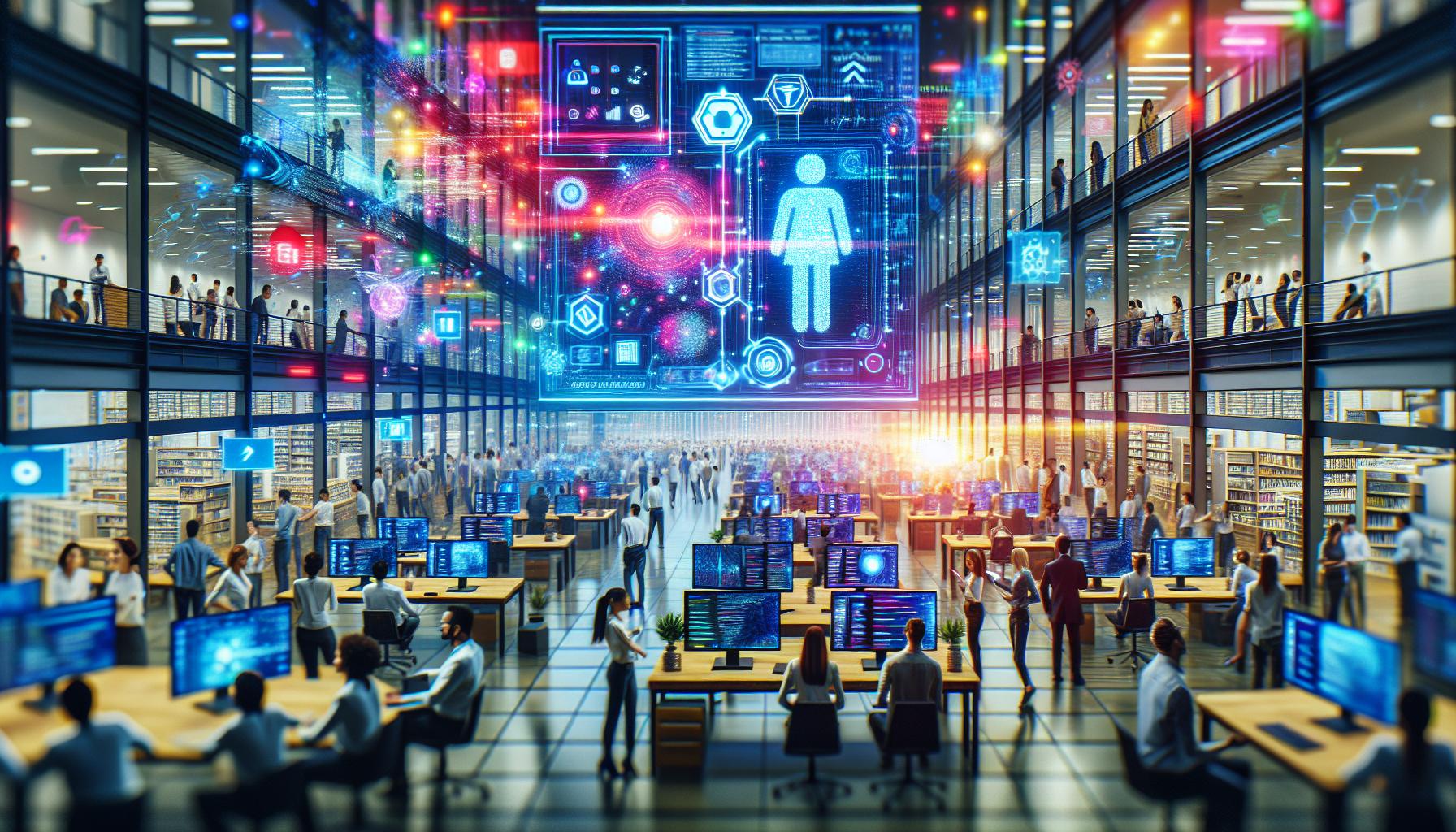China Faces Challenges in Achieving High-Quality Economic Development Without Technological Upgrades, Says Leading Political Scientist
China’s technological development and the risk of falling into a “middle-technology trap” have become the center of a heated debate, with experts highlighting the challenges China faces in achieving high-quality economic growth without significant technological advancements. Zheng Yongnian, a prominent political scientist from the Chinese University of Hong Kong, Shenzhen, sparked the discussion by pointing out that developing countries often struggle to catch up with more technologically advanced nations, leading to stagnation.
With the Chinese legislature and political advisory body focusing on plans for the economy, diplomacy, trade, and military, the debate has intensified. Despite China’s leading position in areas like electric vehicles, some argue that the country still lags behind in technology and heavily relies on foreign advancements. Zheng rates China’s technological development between “four to seven” on a scale of ten, suggesting that substantial improvement is necessary to achieve the desired “eight plus” rating.
Jiang Chuanhai, another expert in the field, emphasized the urgency of addressing technological gaps in key areas and prioritizing the development of general technologies such as artificial intelligence. The aim is not only to enhance China’s position in the global industrial and innovation chains but also to reduce dependence on foreign technologies. Liu Shaoshan echoed this sentiment, stating that while China has experienced rapid growth through technological innovation, further progress is vital to overcome reliance on foreign advancements.
Even in sectors where China has achieved significant milestones, such as the automotive industry’s production of electric vehicles, it still relies on foreign digital simulation software, highlighting the need to bridge these gaps and achieve technological independence.
One specific area where China lags behind is in generative artificial intelligence, particularly in developing capabilities equivalent to the text-to-video model Sora, according to Zhao Junbo.
The debate also extends to the rivalry between the United States and China in hi-tech areas, with some suggesting that while China may focus on import substitution, the US is likely to maintain its edge in certain domains. Critics of the “middle-technology trap” argue that it overlooks the importance of global collaboration and knowledge exchange in technological development. Wang Yanbo, for instance, emphasized that engagement with the global community is crucial for technological advancement, citing the failures of the Soviet Union and Japan as cautionary examples of the limitations of an insular approach.
Amidst the discussion, experts recognize both China’s leadership in certain technological fields and the areas where further improvement is required. This comprehensive analysis aims to shed light on China’s technological landscape and the challenges it must overcome to achieve high-quality economic growth.
Analyst comment
Neutral news.
As an analyst, it is clear that China faces significant challenges in achieving high-quality economic development without technological upgrades. To overcome these challenges, China needs to prioritize the development of general technologies like artificial intelligence, reduce dependence on foreign technologies, and bridge the gaps in key areas. Engagement with the global community is crucial for technological advancement. China’s leadership in certain technological fields provides a strong foundation, but further improvement is necessary to achieve the desired level of technological development and ensure high-quality economic growth.













